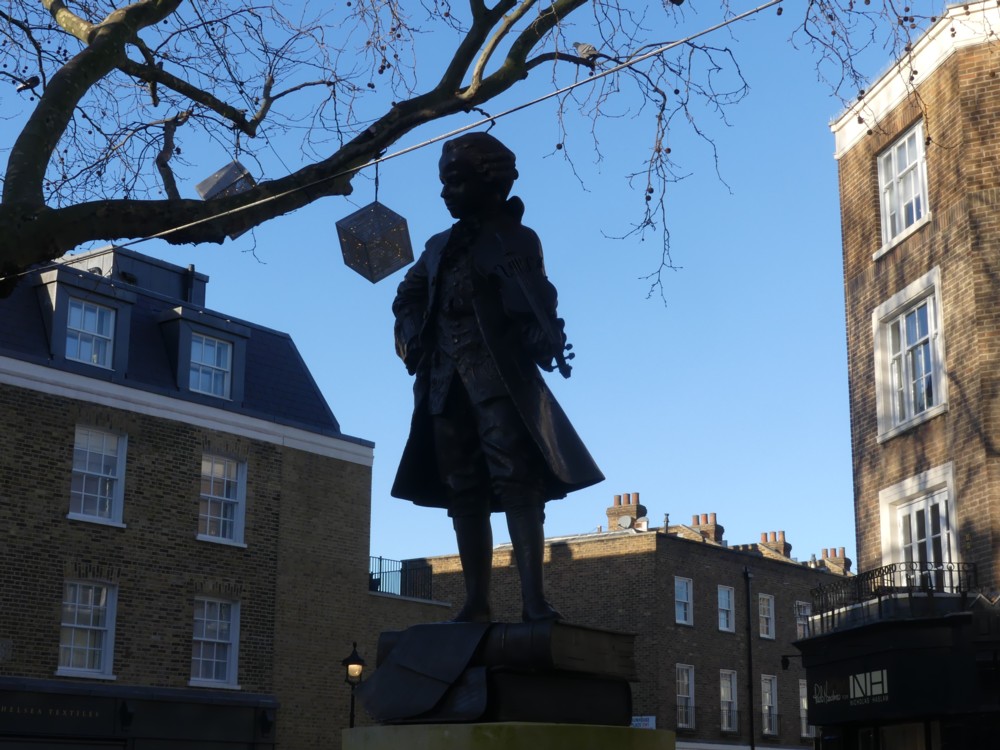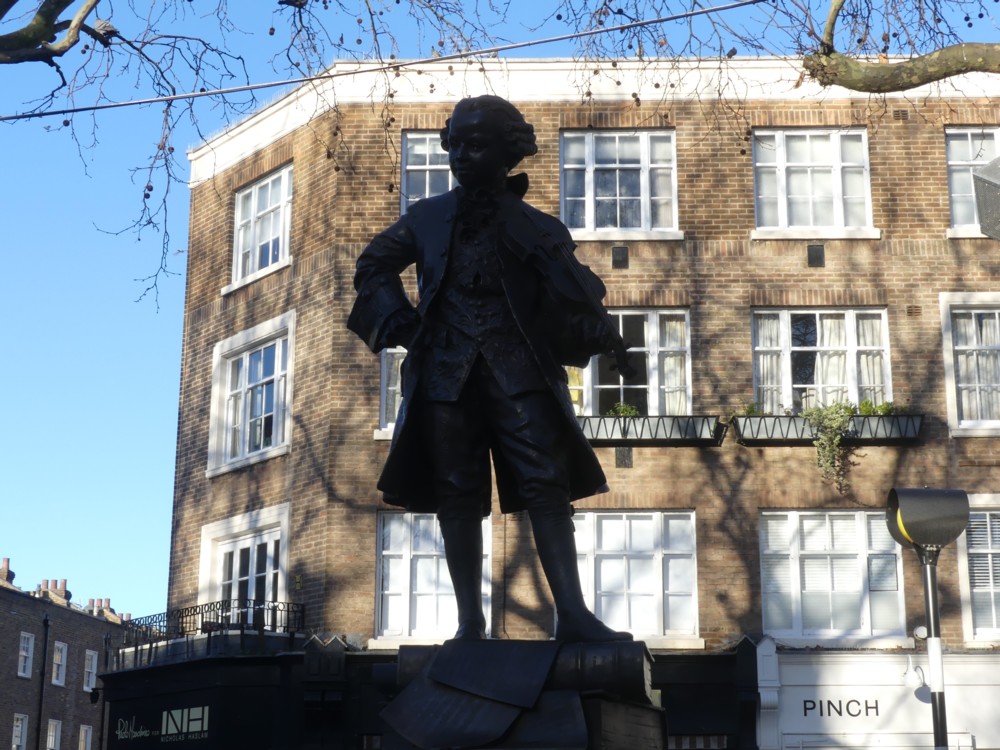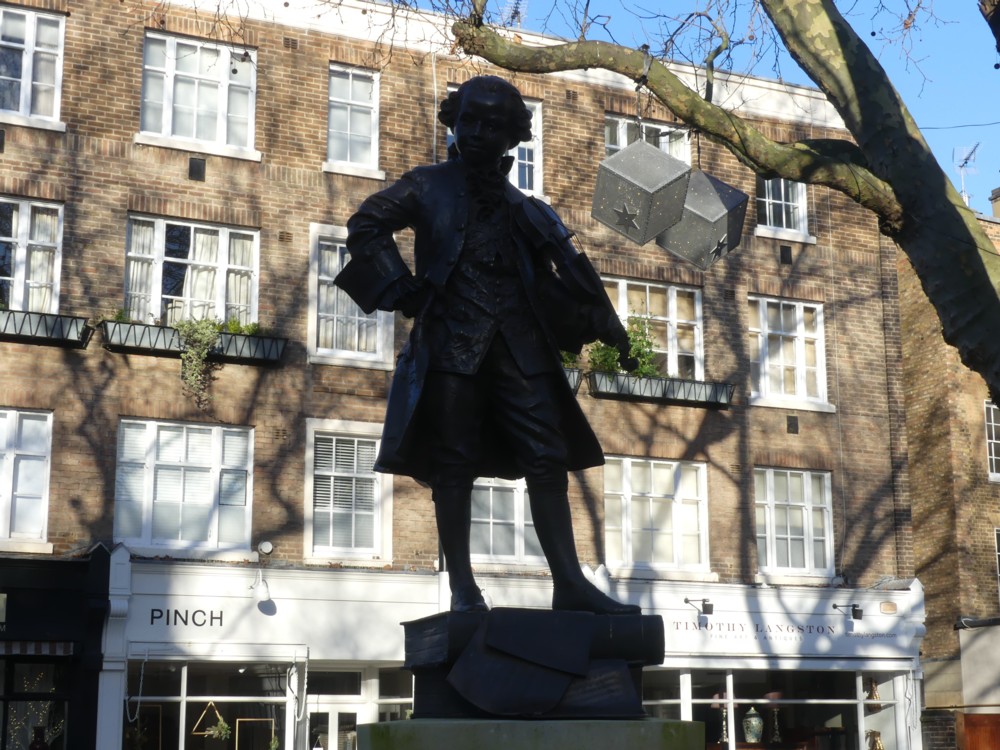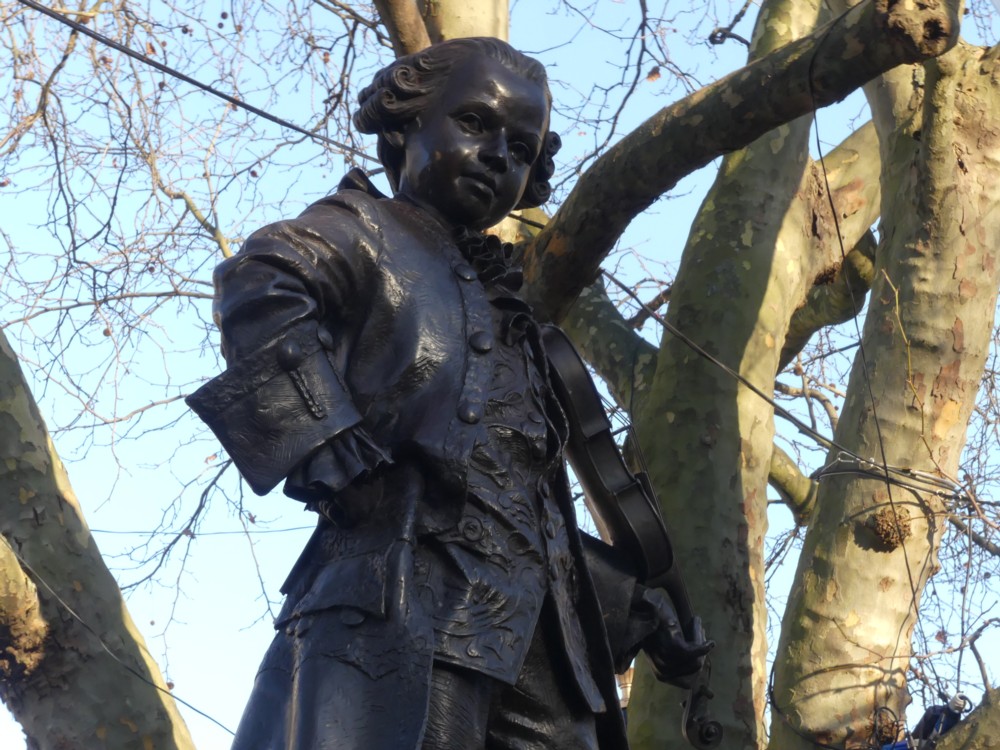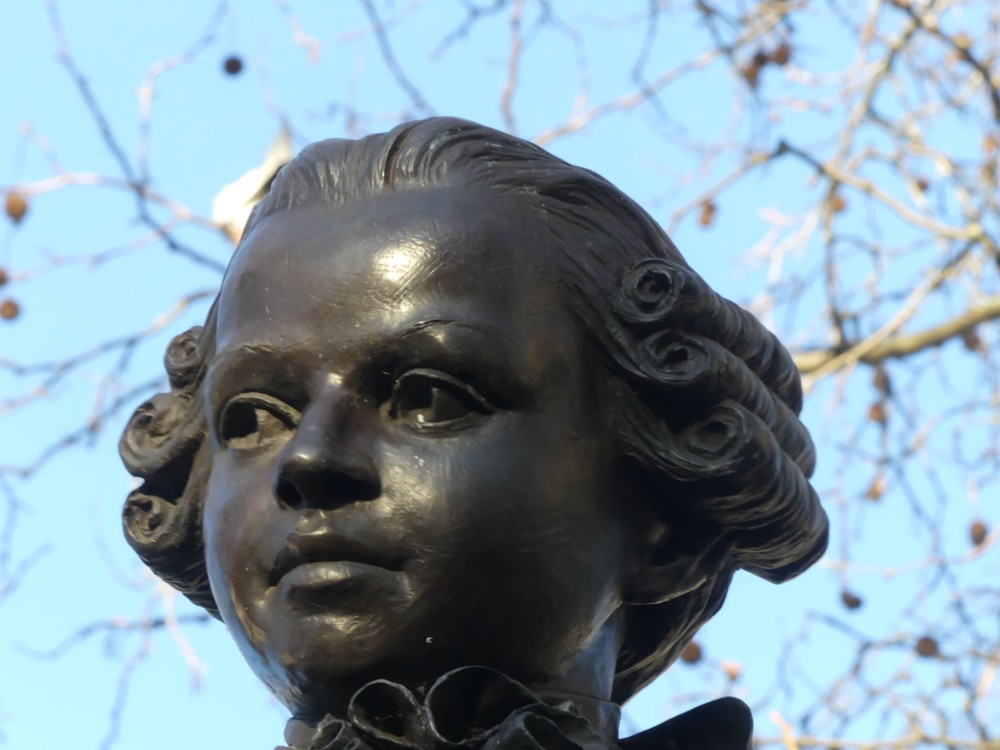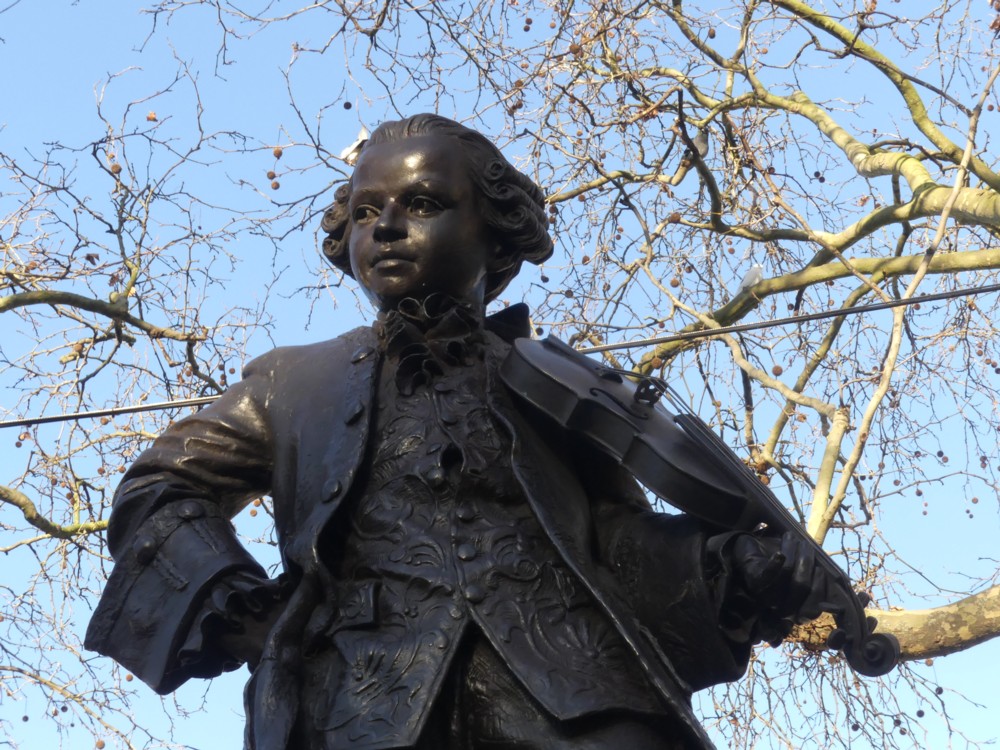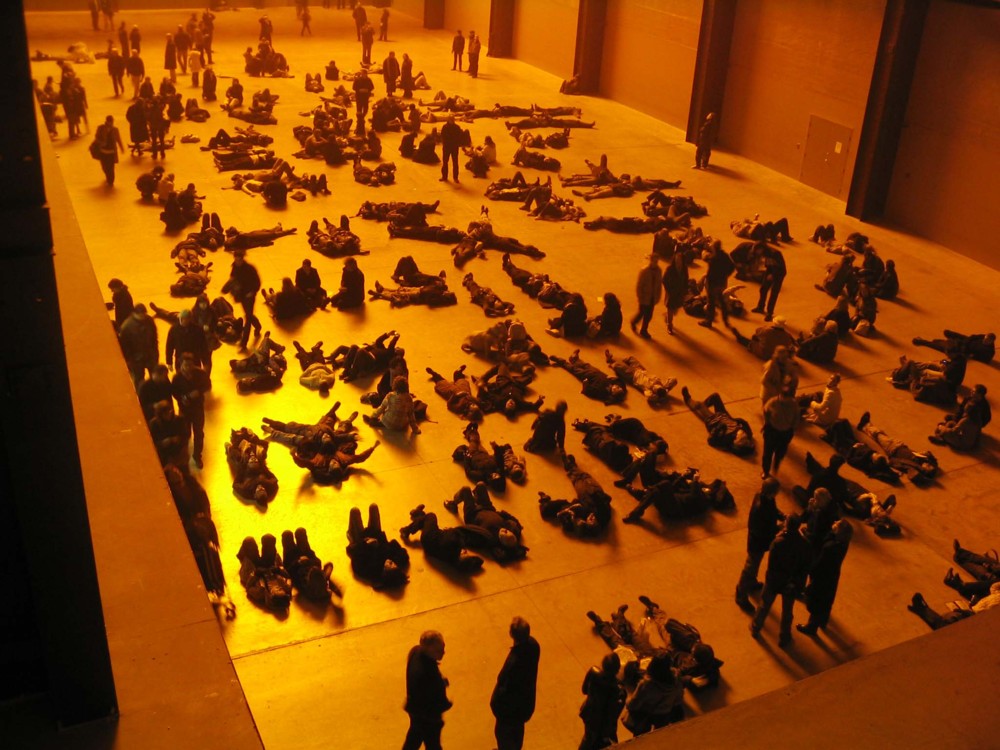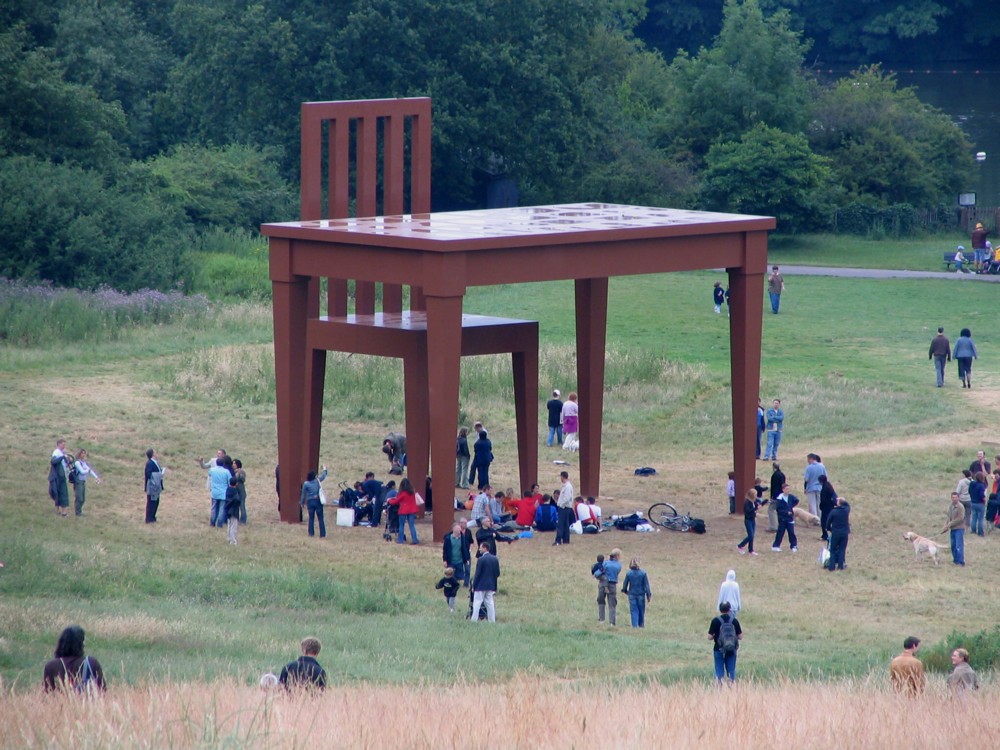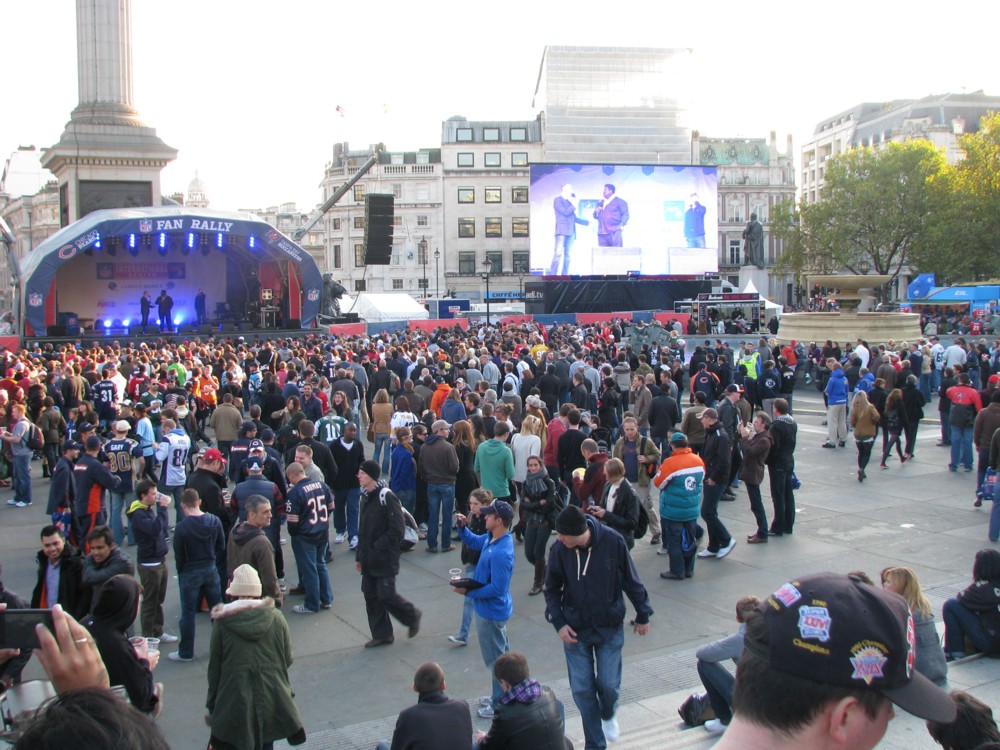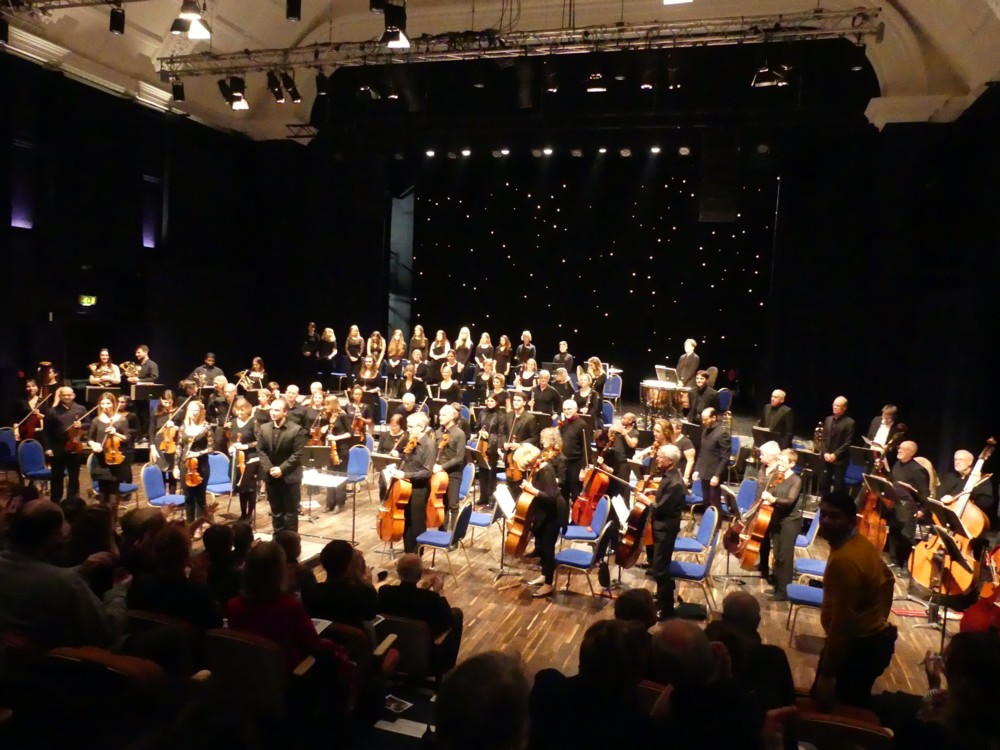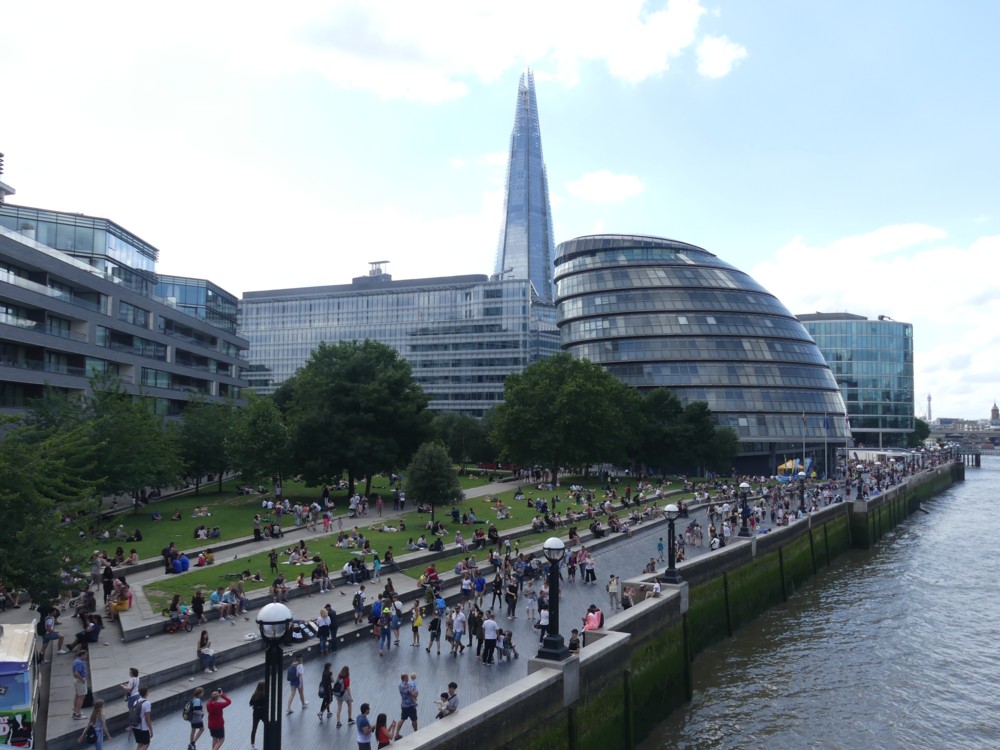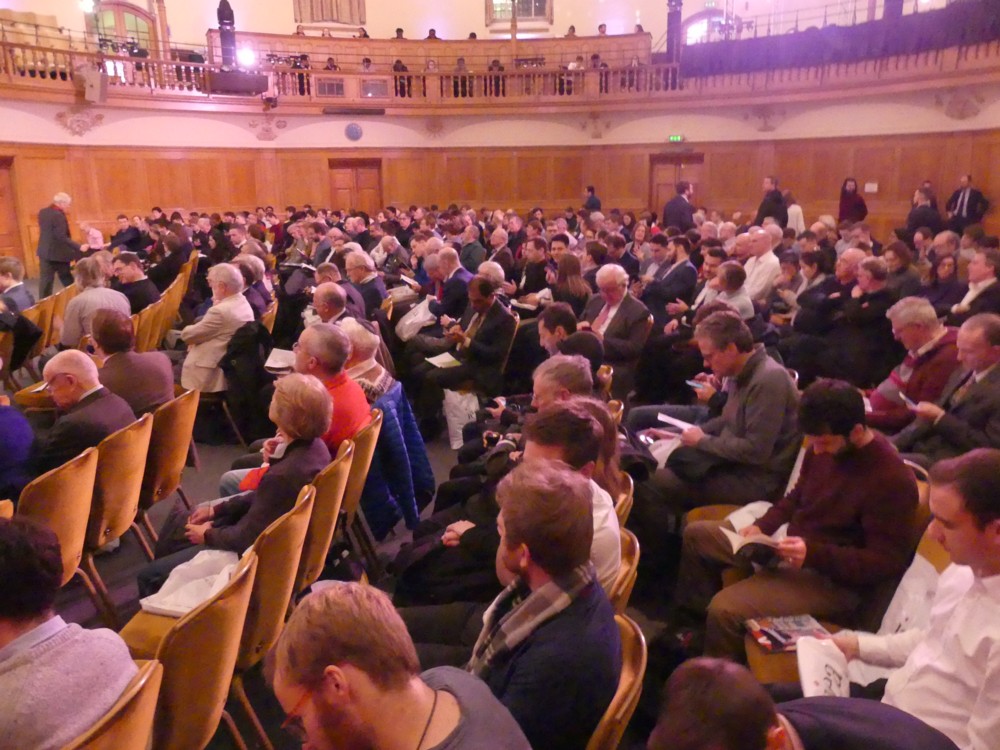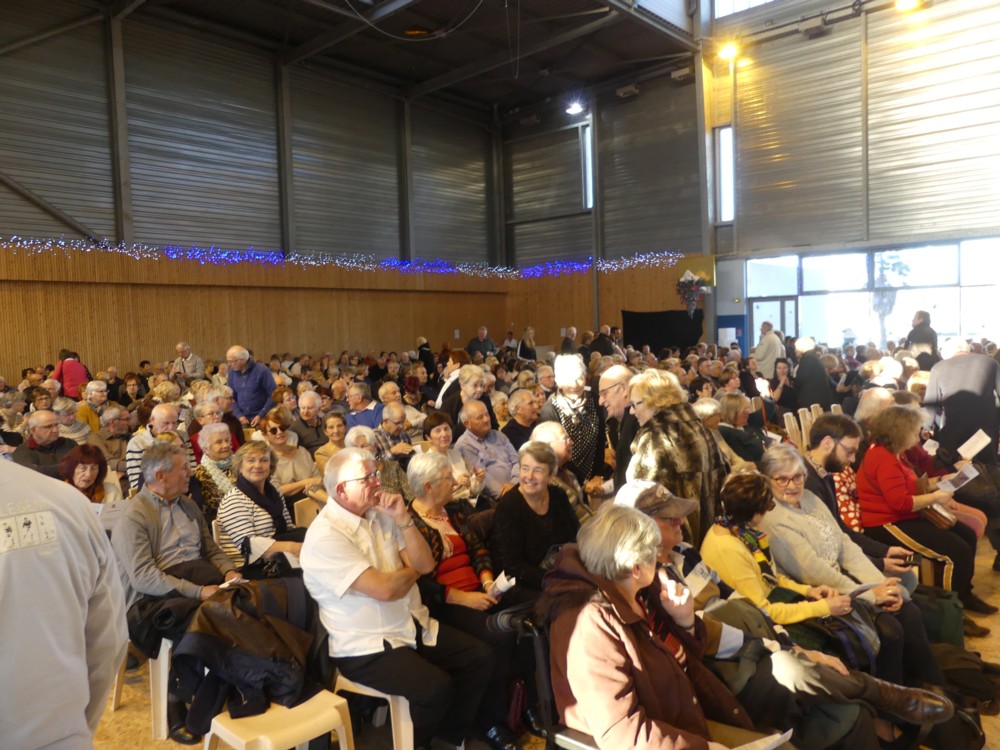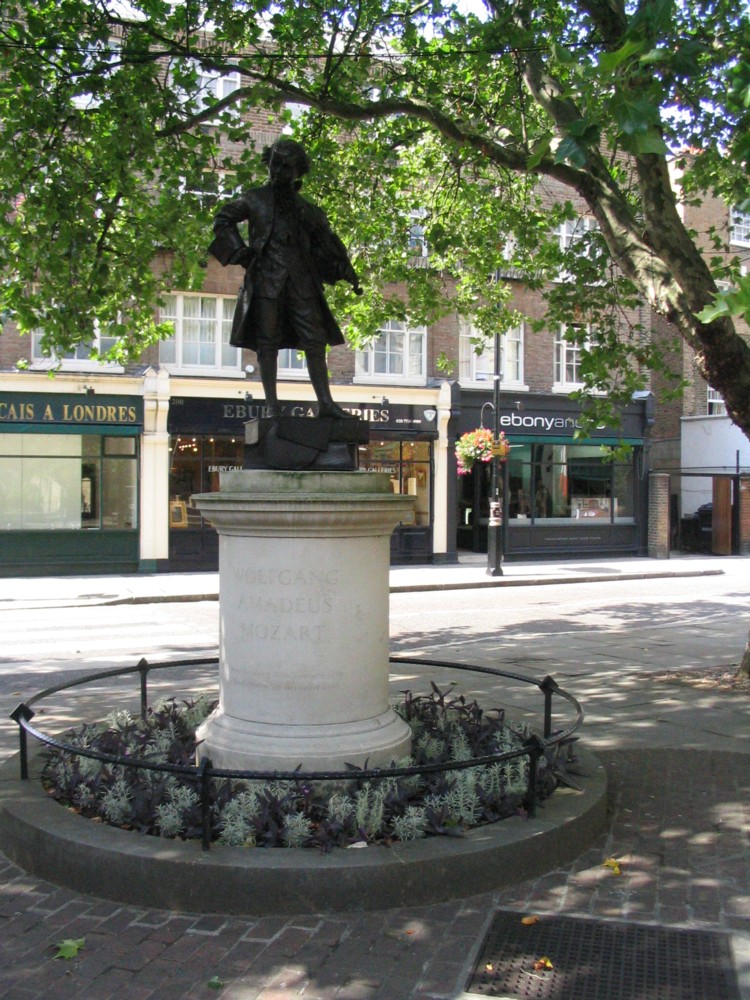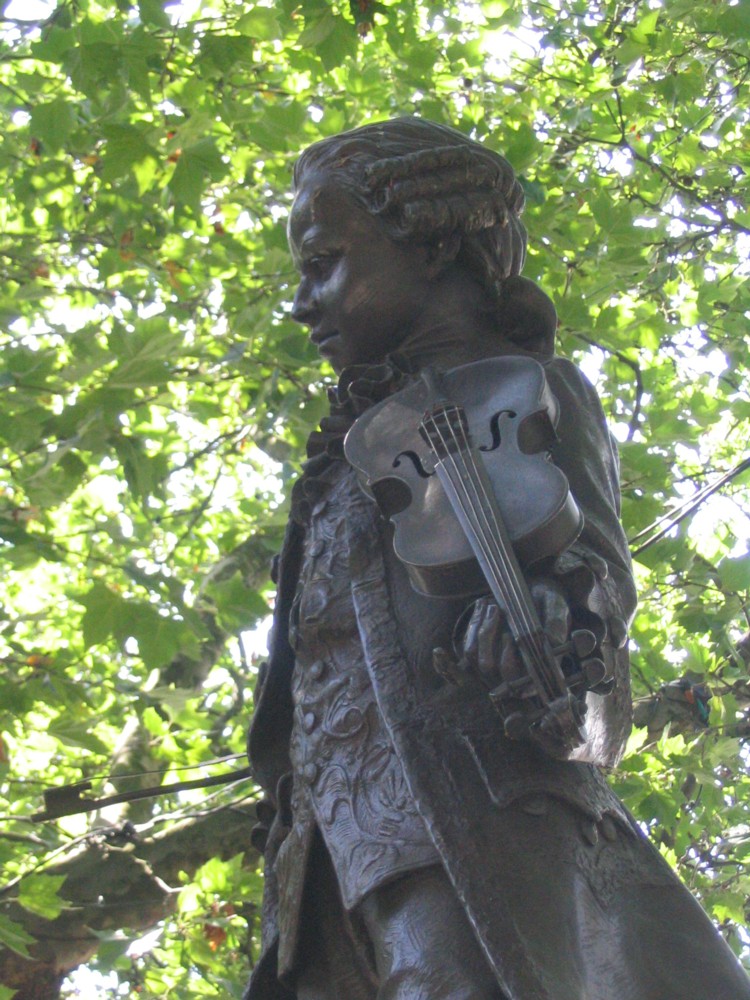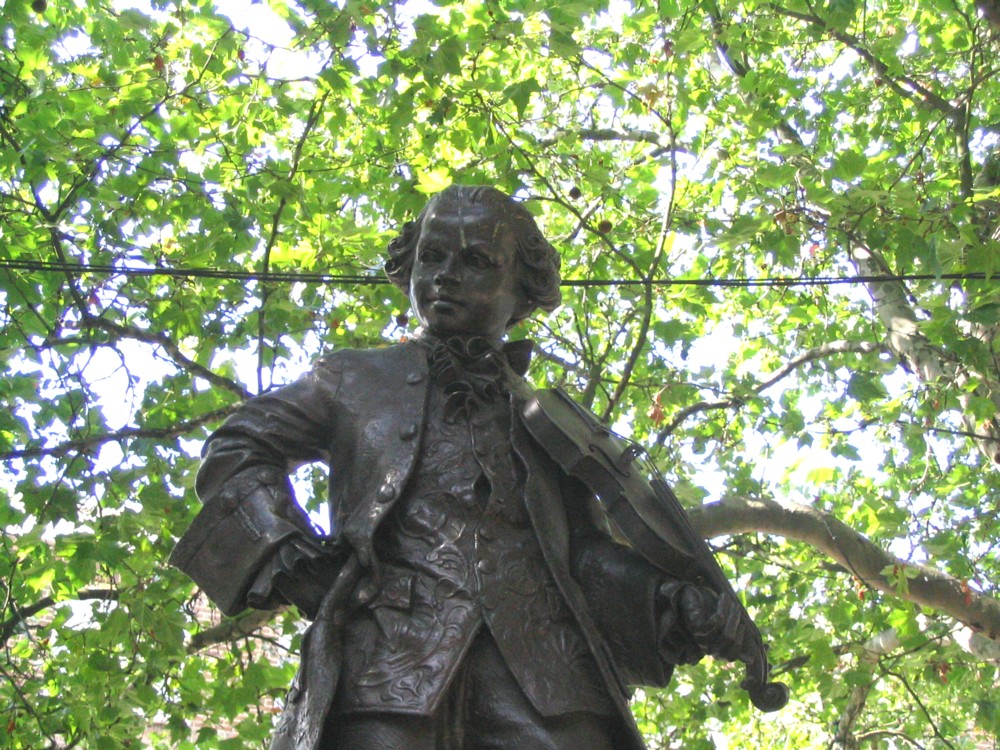So here I was, all set to do a great excerpt from a book about Beethoven. But then, my scanning software suddenly wasn’t working. I alerted The Guru. After the usual palaver about “Is it plugged in?” and “Is the scanner connected to the computer?” (yes and yes) The Guru then spent a while operating my computer from a distance (he has this particular superpower) and he then revealed that the reason my old scanning software had stopped working was that it made use of Adobe Flash, and Adobe Flash has recently given up the ghost.
So, another scanning system was installed, and I am now struggling to make sense of it. The Guru is very wise, but he suffers from the affliction of many gurus, which is that he supposes that what is to him obvious is surely quite easy also for the rest of us to understand. I have to explain it to him that what is obvious to him is, for me, downright impenetrable and bordering on impossible. To him, the new software is easy. He is used to getting to grips with new software. To him, that’s easy. For me, even when he has taken me through every small step, this new piece of software is still a great swirl of confusion, and I need a clear day to get to grips with it.
It is now nearly midnight, and so instead of that Beethoven book excerpt, which I will try to do tomorrow, there has only been time for this.

